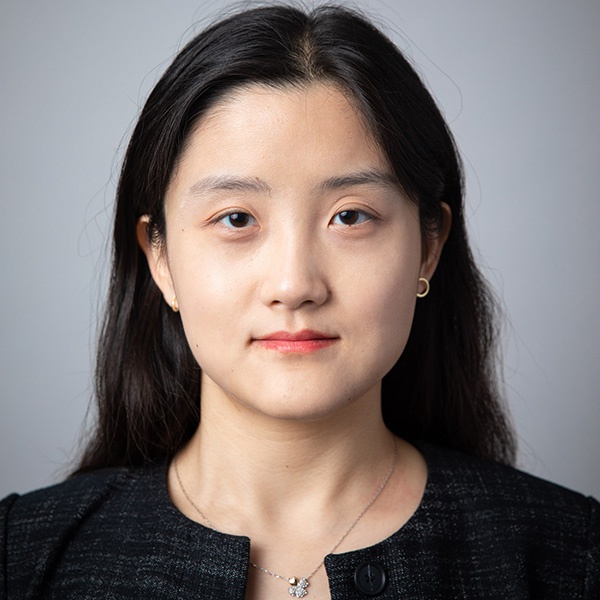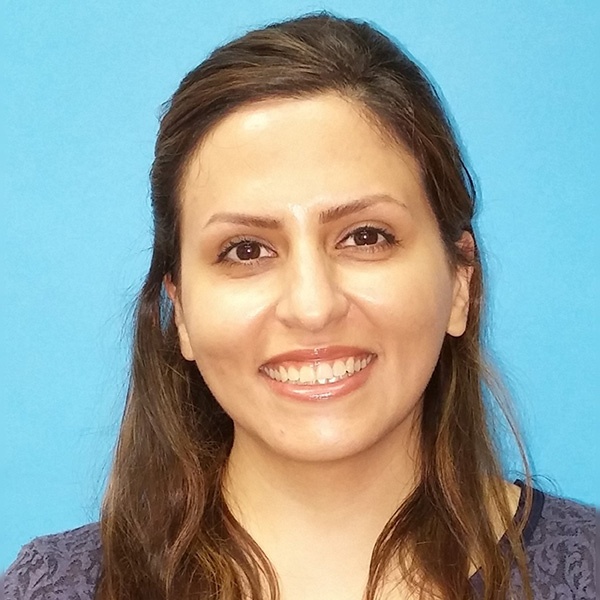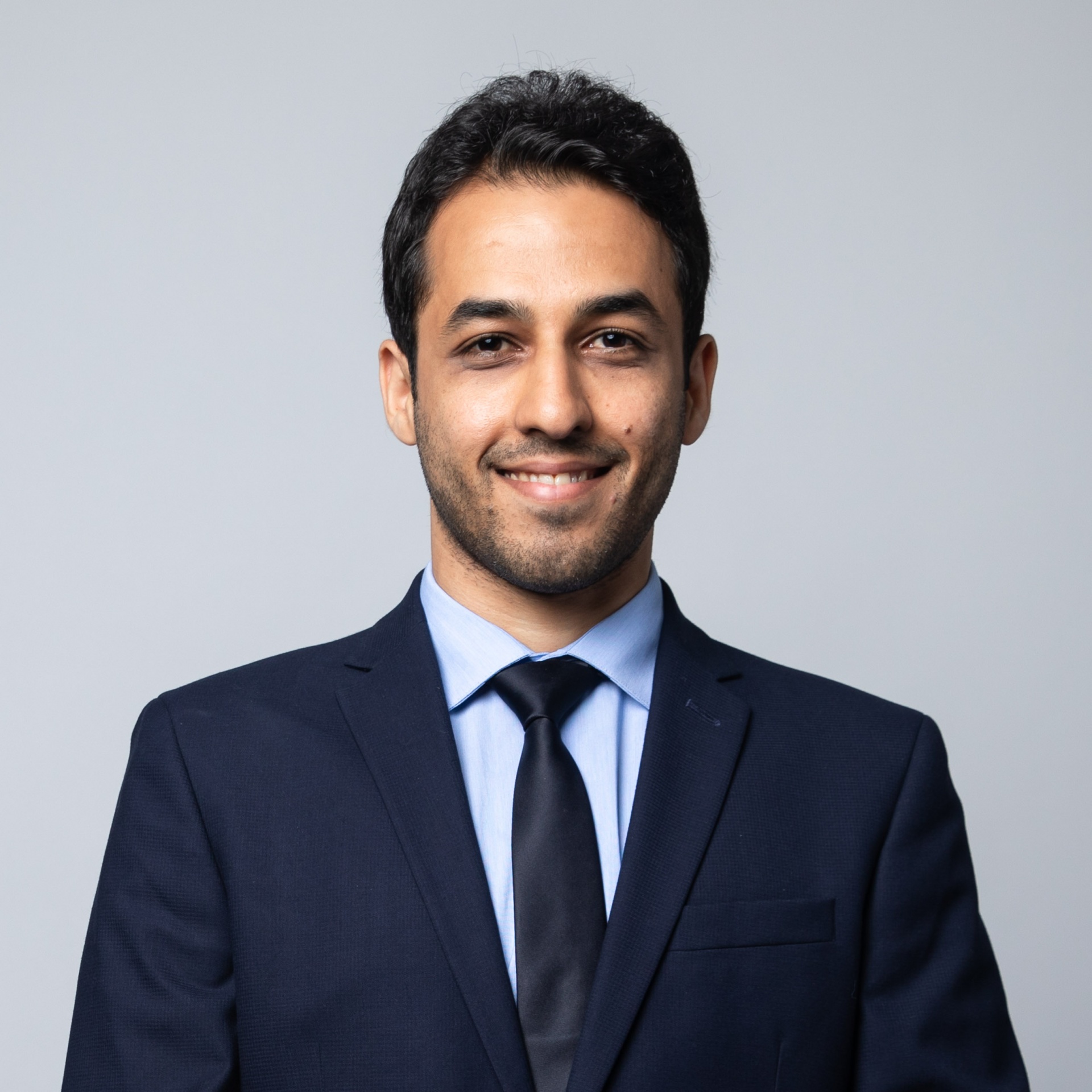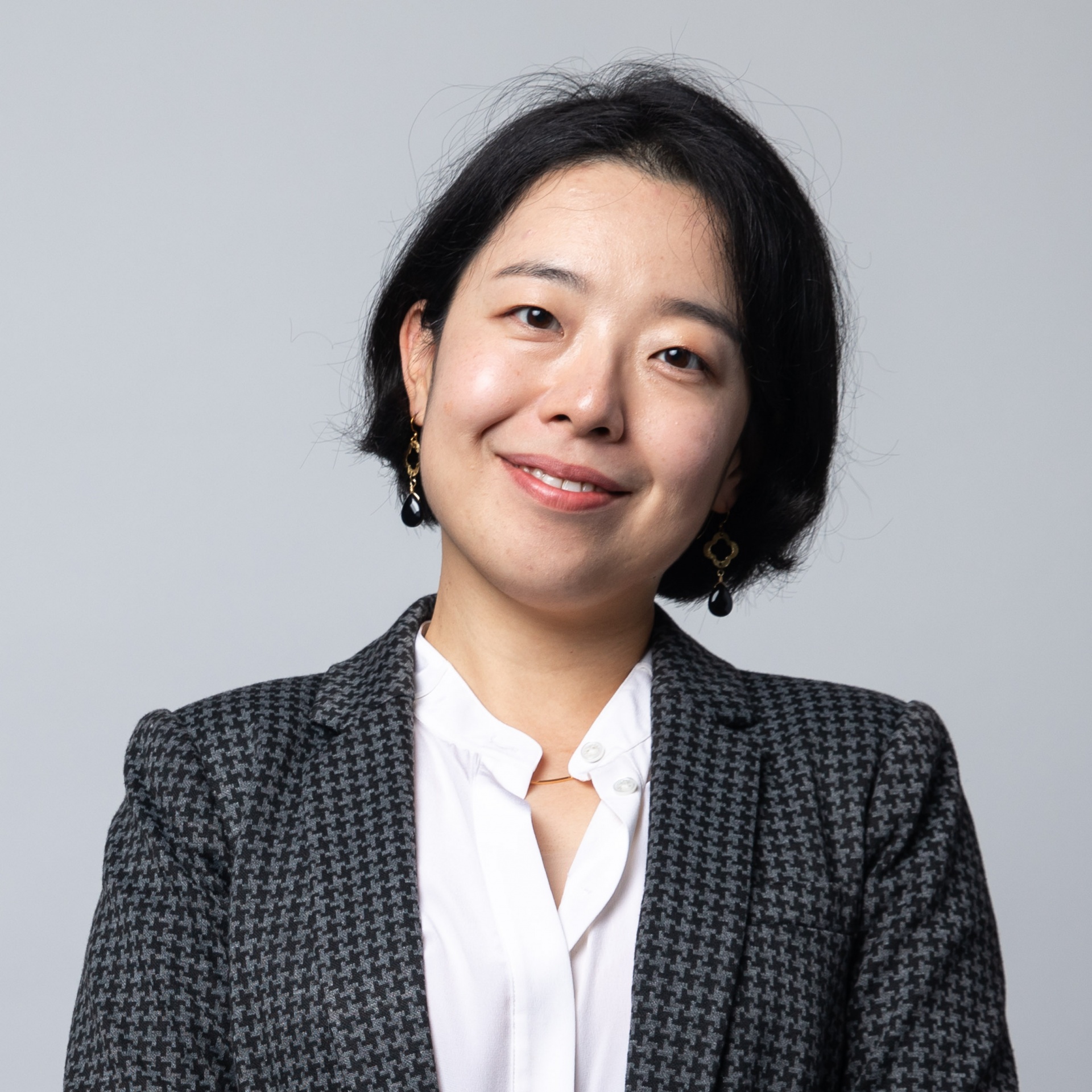College of Engineering Welcomes New Faculty

The CSULB College of Engineering’s four newest faculty bring expertise in flight navigation and controls, wastewater treatment and resource recovery, machine learning and cybersecurity, and medical device evaluation and computational modeling.
Dr. Guangfei Duan joins the Mechanical & Aerospace Engineering Department as an Assistant Professor after obtaining her PhD in Mechanical & Aerospace Engineering from the University of California, Irvine earlier this year.
Her primary research interests are in the area of mechanical and flight dynamics and control. She has been involved with research activities in the Guidance, Navigation and Control (GN&C) technologies for entry/re-entry aero vehicles.
Dr. Duan’s current research focuses on the development of the guidance and navigation algorithms for Mars entry vehicles to achieve high elevation landings, and the application of GN&C technologies to autonomous robotics.

Dr. Maryam Haddad joins the Department of Chemical Engineering as an Assistant Professor after obtaining her Ph.D. in Chemical Engineering from Polytechnique Montreal in 2016, then working as a postdoctoral research fellow in the NSERC Industrial Chair on Drinking Water at Polytechnique Montreal, and the NSERC Chair in Water Treatment at the University of Waterloo from 2016 to 2019.
Dr. Haddad’s research lies in the nexus of water desalination, waste management and resource recovery. Her research applies an interdisciplinary approach to address the challenges that our society is facing, ranging from water quality and scarcity, massive waste production and climate change to the shortage of valuable resources.
During her graduate studies and postdoctoral appointments, Dr. Haddad worked on the design and implementation of hybrid membrane processes to provide a framework for the next-generation technologies to sustainably and simultaneously treat water/wastewater and produce value-added products.

Dr. Hossein Sayadi joins the Department of Computer Engineering & Computer as an Assistant Professor after earning his Ph.D. in Electrical and Computer Engineering from George Mason University in 2019. He received his M.S. in Computer Engineering from Sharif University of Technology and his B.S. in Computer Engineering from K. N. Toosi University of Technology.
Dr. Sayadi focuses on run-time malware detection, processor architecture side-channel attacks analysis, adversarial machine learning, and scheduling and resource management in heterogeneous multicore architectures. His dissertation was focused on developing complexity-aware machine learning-based solutions for predicting the runtime behavior of emerging applications to enhance the security and energy-efficiency in high-performance computing, embedded systems, and Internet-of-Things. Dr. Sayadi is a two-time recipient of the Provost Doctoral Fellowship from George Mason University.

Dr. Ga-young Kelly Suh joins the Department of Biomedical Engineering as an Assistant Professor after obtaining her Ph.D. in Mechanical Engineering from Stanford University and working as a postdoctoral fellow/research associate in the Department of Surgery – Vascular at Stanford University from 2011-16. She has been a consulting/adjunct professor in the Department of Surgery – Vascular at Stanford University since 2016.
Dr. Suh’s research focuses on application of computational analysis to human data relevant to endovascular surgery with medical devices. Her research employs a multidisciplinary approach to recruit patients, manage clinical trials, acquire medical images, and develop tools to extract measurement for vascular surgeons and device manufacturers. During graduate studies, she applied computational fluid dynamics and optimization of boundary conditions to simulate blood flows from subjects with vascular disease. Her recent work includes evaluation of in-vivo motion of vascular stents and surroundings using medical imaging and geometric analysis to find a predictor for surgical outcome.





